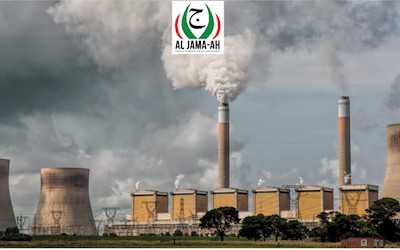Parliament has heard that research has revealed that the economic costs from damage and theft to the infrastructure of Eskom, Transnet, PRASA and the reduced output of the mining industry are estimated at R47 billion annually or R130 million every day.
This is according to Trade, Industry and Competition Minister Ebrahim Patel. He was closing the Urgent Debate on Matters of National Public Importance held in the Good Hope Chamber. The debate had been proposed by the Democratic Alliance (DA).
The focus of the debate was “the economic impact of theft and vandalism of public infrastructure”. Patel emphasised how theft of metal for scrap was causing serious economic harm.
“The theft of scrap metal, particularly copper cable imposes cost far beyond the actual value of material taken. These costs mostly in the form of disruption to rail transport and electricity, effectively cut production, inhibit economic growth and service delivery. In fact we asked a team of researchers to put together some data on the extent of the damage. R47-billion annually, that’s the estimate that a respected Research Agency Genesis and Analytics provides, based solely on economic costs as a result of damage to Transnet, Eskom, PRASA’s infrastructure and the reduced output of the mining industry. And it excludes the damage that’s caused in many other parts of the economy and to the lives of ordinary South Africans. R47 billion every year, that equals to a R130 million every single day,” says Patel.
United Democratic Movement (UDM) Chief Whip, Nqabayomzi Kwankwa has challenged members of Parliament to educate communities that public infrastructure belongs to them and not government.
He says while criminals are damaging and stealing infrastructure, some communities are also damaging their own public infrastructure. Kwankwa says public representatives should tell some of the communities the truth about their actions.
Al Jama AH Leader, Ganief Hendriks broadened the debate by linking infrastructural harm suffered by communities to the legacy of Apartheid.
“Honourable House Chair, infrastructure harm is the legacy of Apartheid and the creatures of Apartheid represented in the sixth Parliament. An example is the asbestos bulk water supply to villages all over South Africa, including Bushbuckridge, 68 kilometres long, so water is poisoned by asbestos before it reaches the taps,” says Hendriks.


